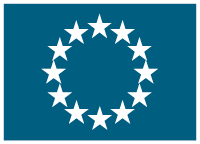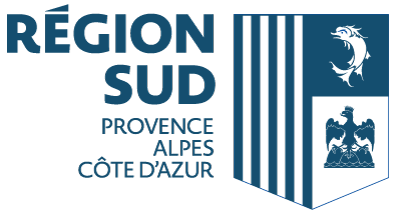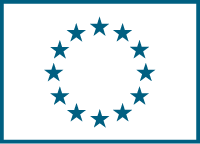Linking inducible chemical defences and phytoplankton population dynamics
(LIDPOP)
Date du début: 1 mars 2009,
Date de fin: 30 juin 2011
PROJET
TERMINÉ
"Marine phytoplankton contribute approximately 50% of the global primary production. Despite this, our understanding of the driving forces and processes that structure phytoplankton communities is still rudimentary. Community structure is of fundamental importance for the ecosystem function and food-web dynamics. Some phytoplankton species acts as carbon sinks, others as sources, and community structure may therefore determine the direction of ocean–atmosphere CO2 exchange, with corresponding influence on e.g. the climate system. It is now evident that the effects of grazers and trophic cascades, “top down effects”, has got a strong structuring impact of both freshwater and marine primary producers. The ability to avoid grazers with chemical or morphological defences appears to play a key role in favouring population growth, sometimes allowing single species to escape their grazers and form high density “blooms”. Recently it was discovered that marine phytoplankton can sense their zooplankton enemies and respond with increased toxin production. In the proposed project, we utilize this new mechanism to manipulate defensive traits in phytoplankton and experimentally test the long debated role of chemical defences and hereto overlooked grazer induced chemical defences in phytoplankton population dynamics. We will develop general mathematical models based on experimental data to evaluate the importance of chemical defences for population dynamics and ultimately phytoplankton bloom formation. Furthermore, state of the art analytical chemistry will be applied to identify the chemical signal molecules that induce toxin production in marine phytoplankton. Slow and unsuccessful identification of signal molecules has hampered research in aquatic ecology for decades. Recent development in analytical chemistry, however, suggests that this may change shortly."
Accédez au prémier réseau pour la cooperation européenne
Se connecter
ou
Créer un compte
Pour accéder à toutes les informations disponibles
Coordinateur
DANMARKS TEKNISKE UNIVERSITET
€ 214 150,72- Thomas Kiorboe
- ANKER ENGELUNDSVEJ 1 BYGNING 101 A 2800 KGS LYNGBY (Denmark)
Details
- 100% € 214 150,72
-
 FP7-PEOPLE
FP7-PEOPLE
- Projet sur CORDIS platform



